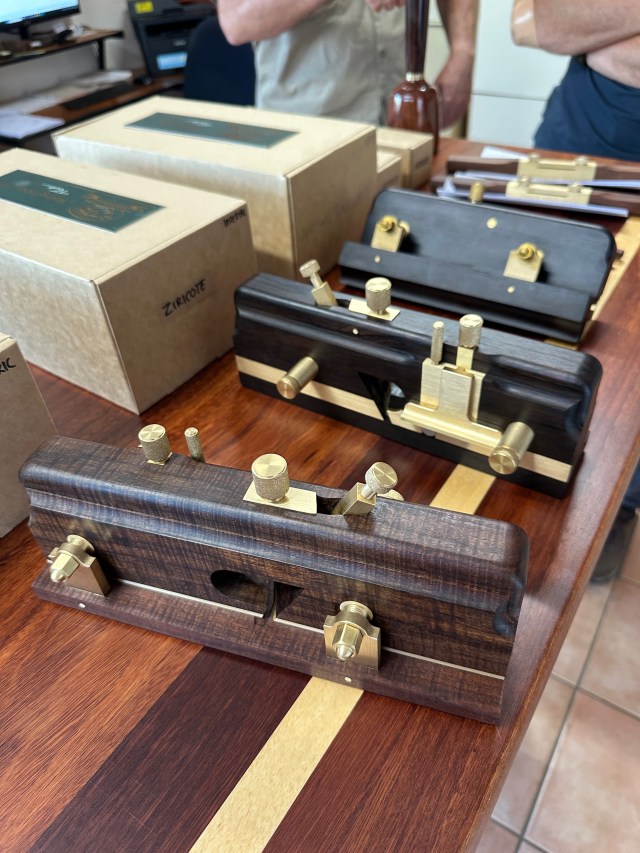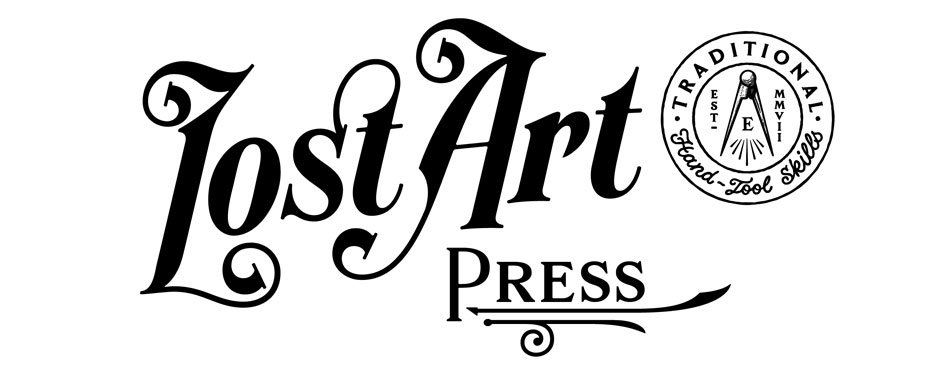
Every plane that HNT Gordon sends out to customers is assembled and inspected by the company’s founder, Terry Gordon. The process takes place at Terry’s workbench near the front of the company’s factory in Alstonville, Australia. There, Terry makes small adjustments to the wood and metal components with a wide variety of tools, from simple chisels to custom-made floats they’ve made on-site.
That’s the way it has been since Terry started the business in 1995, and how he expects it to continue for years to come.
That’s a surprising level of care and dedication for a company that makes more than 50 products, from (fairly) simple smoothing planes up to a moving fililster that is made up of dozens of brass and wooden parts.

And Terry’s painstaking care shows through all of the company’s products, including its new range of aluminum vises that are unlike any vise I’ve ever seen or used.
This month, Terry loaned a couple of workbenches for a stick chair class I taught in Newrybar, Australia. It was the first chance I ever had to use both his face vises and his tail vises for more than just a few minutes in a showroom. During the week I used the vises with as much gusto as I would at home (I had to work fast and hard because I had to build a chair and teach 11 students to do the same). So the vises got a workout.
They’re fantastic. And I plan to incorporate both the HNT Gordon bench vise and end vise into the next workbench I build (probably next year). And if I can swing the cash, I might even spring for the company’s Pattern Maker’s Vise.
Near the end of last week, I visited the company’s factory for a tour and a look at the range of high and low industrial technologies that Terry uses to make his tools.



The Wood
HNT Gordon is known for the dense and stable woods they use in their handplane bodies, particularly ringed gidgee. In many cases, Terry and his employees cut the trees down on farms and slab up the planks. Other times the wood comes from trusted suppliers or occasionally from the customer.
After being cut to size, the wood chunks go into a kiln for several months to get the moisture content down. The blanks are then cut into plane bodies (the company is in the midst of switching to a CNC mill) and then the bodies are further conditioned in a humidity controlled room for even more months until they are ready to be used in a finished plane.

The Brass
Brass parts are made in a variety of ways, from old manual lathes to four-axis milling machines. Many of the latest changes at HNT Gordon involve milling bench plane bodies from one chunk of wood (instead of laminating them from multiple pieces). And simplifying the metalwork by using CNC technology to cut parts from single billets of brass (such as a spokeshave body) instead of assembling the brass bodies from multiple pieces.

The Aluminum
The back of the factory houses the machines that make the parts for vises (and other tools) and the stockpile of parts for future vises. Like all the tools at HNT Gordon, the vises are assembled in small batches.
It’s a small operation (five full-time employees and more part-timers) for a company that makes so much complex work. And Terry’s attention is now focused on training the next generation of toolmakers to carry the company forward.

In fact, Terry remarked that the company’s plow plane was the last tool he planned to design for his company. He still will assemble tools for the company, but he said he wants to get back to doing what he set out to do before he started making handplanes: And that’s making furniture.
I’m sure we’ll be writing more about HNT Gordon in future blog entries, especially when I start reconfiguring our bench room in January and Megan and I start building a new bench.













